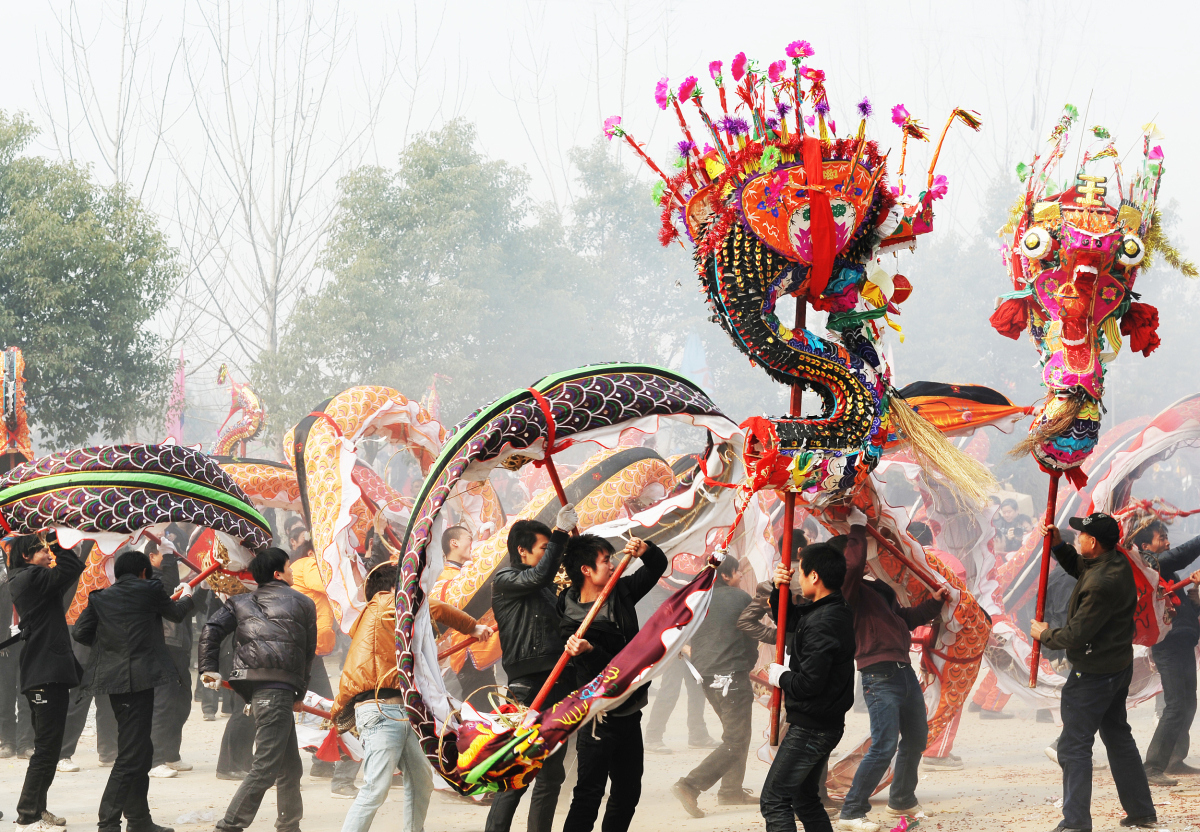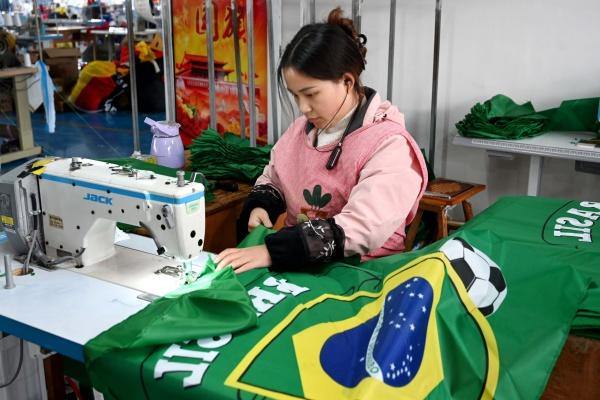
With a long and illustrious history in China, the spectacular Dragon Dance is an essential way to celebrate festivals, especially the Chinese Lunar New Year, Mid-Autumn Festival, and Lantern Festival. Dragon culture is an integral part of Chinese tradition and lore. From ancient times, people have associated dragons with strength and wisdom, and the power to summon clouds and rains. The Dragon Dance is a folk dance which gained popularity during the Han Dynasty (206 BC-220 AD), and has been part of Chinese festival customs ever since. The traditional Wooden-Stool Dragon Dance is still quite popular in the villages of South China. Over the span of 2,000 years, the Dragon Dance has been performed for varied purposes, from asking the gods for rain to expressing the people's courage, sense of pride and wisdom. The wooden-stool dragon dance is named so for the manner in which the dragon itself is created- connected by dozens of wooden stools, consisting of three parts: the head, body and tail. To make the dragon, each household would provide one bench and decorate it with paintings, paper-cuts, calligraphy, etc. Connecting all the benches transformed them from individual pieces into a majestic, dragon. The dance is performed on the 15th day of the first lunar month, with the performers moving to the beat of rhythmic drums, cymbals and gongs. When the show is performed at night, firecrackers are set off as accompaniment to the festivities. When players began to dance, the huge dragon which is covered with dozens of colorful lanterns, lights up the festival atmosphere, energizing the audience. The wooden-stool dragon dance is a strong reflection of the local customs, history, and folk arts and crafts, carrying great historical and cultural value.




